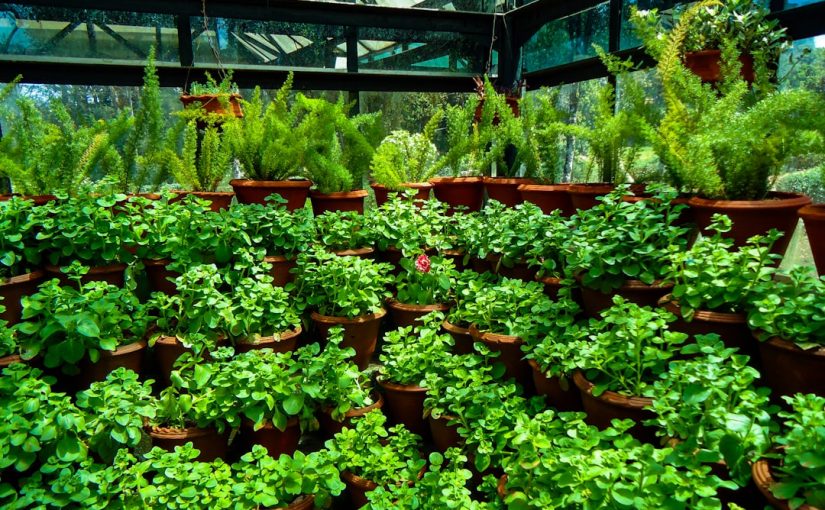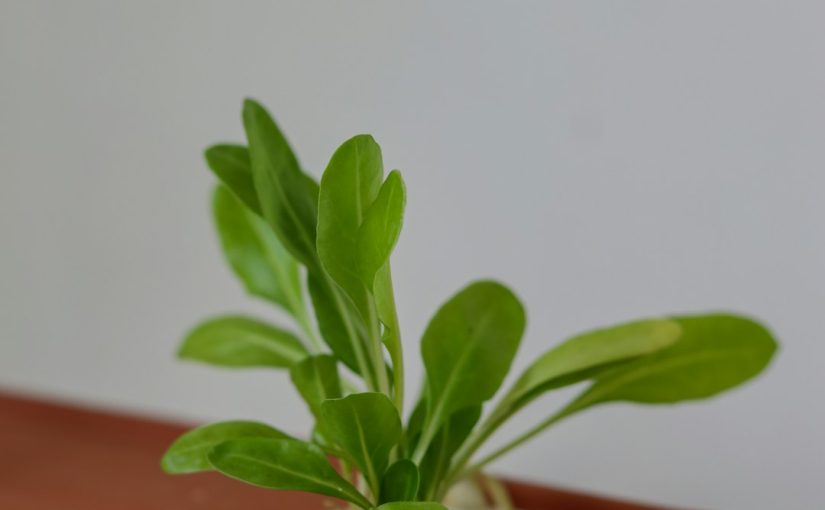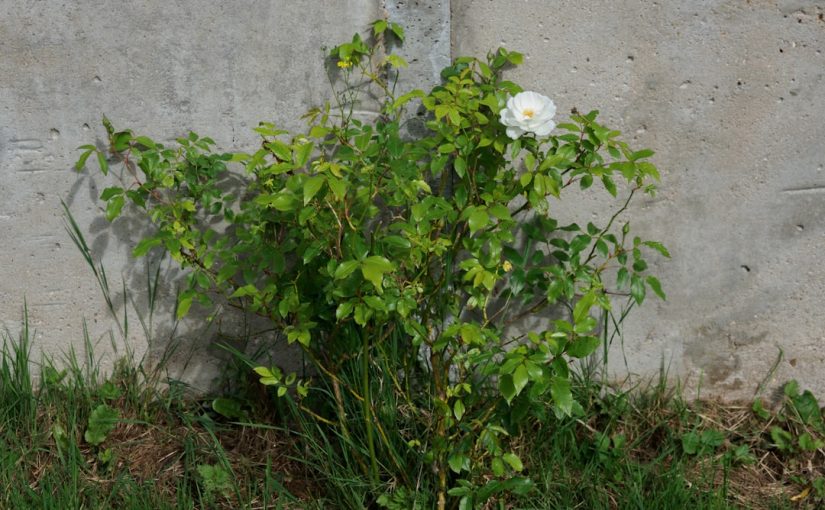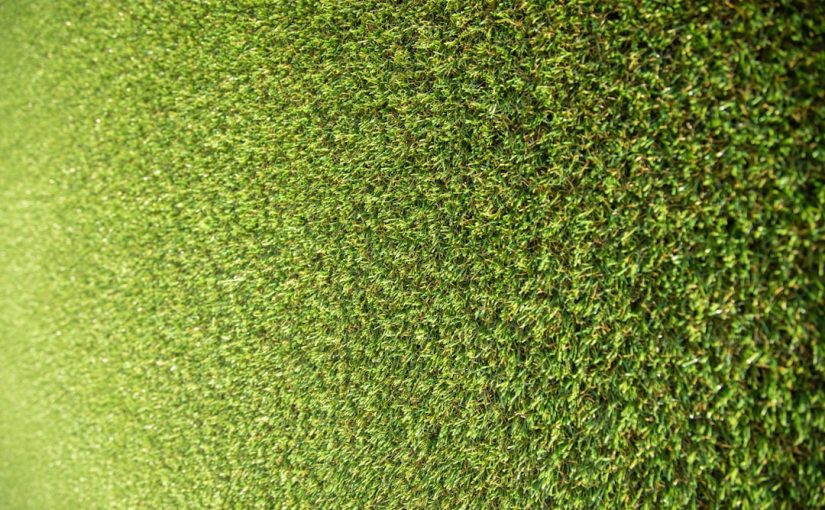Moving a mature wisteria or grapevine might seem like a daunting task, a horticultural Herculean effort that many gardeners shy away from. After all, these established beauties have deep roots, both literally and figuratively, in their current homes. Yet, there are times when relocation becomes necessary—perhaps due to a landscape redesign, an impending construction project, or simply the desire to enjoy a cherished plant in a new setting. While challenging, transplanting an old wisteria or grapevine is entirely possible with careful planning, meticulous execution, and a good dose of patience. This guide will walk you through the essential steps to successfully give your beloved woody vine a second chance in a new location, preserving years of growth and beauty.… Read the rest
分类: Plant
How Fast Does Japanese Holly Grow?
Japanese holly, botanically known as Ilex crenata, is a remarkably versatile and popular evergreen shrub, often chosen for its fine texture, dense growth habit, and resemblance to boxwood. From formal hedges to intricate topiary and foundation plantings, its adaptability makes it a staple in many landscapes. However, one of the most common questions landscape enthusiasts and gardeners ask pertains to its growth rate: How fast does Japanese holly grow? Understanding its typical growth patterns, along with the various factors that influence its speed and vigor, is crucial for successful cultivation and achieving your desired garden aesthetic. This article will delve into the specifics of Japanese holly’s growth, providing insights to help you manage and optimize its development in your garden.… Read the rest
What Happens if You Let Your Grass Grow Too Long?
The lush, green carpet of a well-maintained lawn is often the pride of a homeowner, contributing significantly to a property’s aesthetic appeal and overall value. However, life sometimes gets in the way, and a simple task like mowing can be postponed. While it might seem like a minor oversight, allowing your grass to grow excessively long can trigger a cascade of negative consequences that extend far beyond a merely untidy appearance. From fostering unwelcome pests and compromising the health of your lawn itself, to demanding significantly more effort and expense for eventual rectification, the ramifications of neglected lawn care can be surprisingly extensive.… Read the rest
Paper Birch Trees in Pacific Northwest Landscaping
The Pacific Northwest, with its verdant landscapes and unique climate, offers a canvas for a diverse array of plant life. Among the many species that can thrive here, the paper birch (Betula papyrifera) stands out as a remarkable choice for thoughtful landscaping. Known for its striking white bark and elegant form, this deciduous tree brings year-round interest and ecological benefits that complement the region’s natural beauty. Far more than just an ornamental addition, the paper birch offers a dynamic presence, from its vibrant autumn display to its sturdy winter silhouette. This article will explore the multifaceted appeal of the paper birch, delving into its aesthetic contributions, ecological advantages, and the practical considerations necessary for its successful integration into your Pacific Northwest garden.… Read the rest
Alder vs. Birch Trees: How to Tell the Difference
Navigating the rich tapestry of the natural world often presents delightful challenges, especially when distinguishing between seemingly similar tree species. Among the many botanical puzzles, differentiating between alder and birch trees is a common one for both seasoned arborists and budding nature enthusiasts. These two genera, while both belonging to the Betulaceae family, possess distinct characteristics that, once understood, make identification straightforward and rewarding. From their preferred habitats to the intricate details of their bark, leaves, and reproductive structures, understanding these differences unlocks a deeper appreciation for their individual ecological roles and aesthetic appeal. This article will meticulously explore the key features that set alder and birch apart, providing a comprehensive guide to confidently identify each tree.… Read the rest
How to Identify and Treat Pittosporum Diseases
Pittosporum species are beloved mainstays in countless gardens, cherished for their glossy foliage, often fragrant flowers, and versatile hedging or specimen use. Their resilience makes them a popular choice for landscapers and home gardeners alike, yet even these hardy plants are not entirely immune to ailments. Understanding how to identify the early signs of distress and effectively treat common diseases is crucial for maintaining their vibrant health and aesthetic appeal. This guide delves into the specific challenges Pittosporum plants can face, from tell-tale symptoms to practical solutions, ensuring your beautiful shrubs remain a thriving focal point in your outdoor space. By mastering disease identification and treatment, you can proactively protect your investment and enjoy lush, healthy Pittosporum for years to come.… Read the rest
The Effects of Cigarette Ash in the Soil
The casual flick of a cigarette butt often carries with it a plume of ash, seemingly innocuous as it dissipates into the environment. While the dangers of cigarette filters to ecosystems are well-documented, the impact of cigarette ash on soil is frequently overlooked. This article delves into the less-discussed consequences of cigarette ash when it settles into the ground, exploring its chemical composition, immediate effects on soil health, and the broader long-term ecological implications. Understanding these effects is crucial for grasping the full environmental footprint of smoking and promoting more responsible waste management practices. We will uncover how this fine, powdery residue is far from benign, posing subtle yet significant threats to the very foundation of terrestrial life.… Read the rest
Lavender Roses vs. Sterling Roses: What’s the Difference?
The world of roses is vast and captivating, offering an astonishing array of colors, forms, and fragrances. Among the most enchanting are those delicate blossoms that display shades of purple and lavender, evoking a sense of romance, mystery, and elegance. However, navigating the nuances within this color family can sometimes be confusing, especially when distinguishing between broad categories and specific cultivars. Two terms frequently encountered by rose enthusiasts and those planning special events are “Lavender Roses” and “Sterling Roses.” While they both suggest a purple hue, they represent distinct aspects of rose cultivation and presentation. This article aims to demystify these terms, exploring their unique characteristics, origins, and the subtle yet significant differences that set them apart, guiding you to appreciate their individual beauty and choose the perfect bloom for your needs.… Read the rest
How Long for Boston Ivy to Cover a Fence?
Transforming a plain fence into a vibrant, living wall of green is an appealing prospect for many homeowners and gardeners. Among the popular choices for such a transformation, Boston ivy stands out for its vigorous growth and stunning seasonal foliage. However, a common question often arises before undertaking such a project: “How long will it actually take for Boston ivy to cover my fence?” The answer, while not a simple one-size-fits-all, depends on a fascinating interplay of the plant’s natural characteristics, environmental conditions, and the care it receives. This article will delve into the typical growth trajectory of Boston ivy, outlining the key factors that influence its speed and density of coverage, helping you set realistic expectations for achieving that lush, verdant screen.… Read the rest
What is the Staghorn Fern Adaptation?
The staghorn fern, scientifically known as Platycerium spp., is a true botanical wonder, captivating enthusiasts with its distinctive appearance and remarkable resilience. Hailing from the humid, sun-dappled canopies of tropical and subtropical forests across Africa, Asia, Australia, and South America, these unique plants have evolved an astonishing array of adaptations to thrive in an environment where most terrestrial flora would perish. Unlike typical garden plants, staghorn ferns are epiphytes, meaning they grow harmlessly on other plants, primarily trees, rather than in soil. This lifestyle presents significant challenges, from securing water and nutrients to anchoring themselves high above the forest floor.… Read the rest







